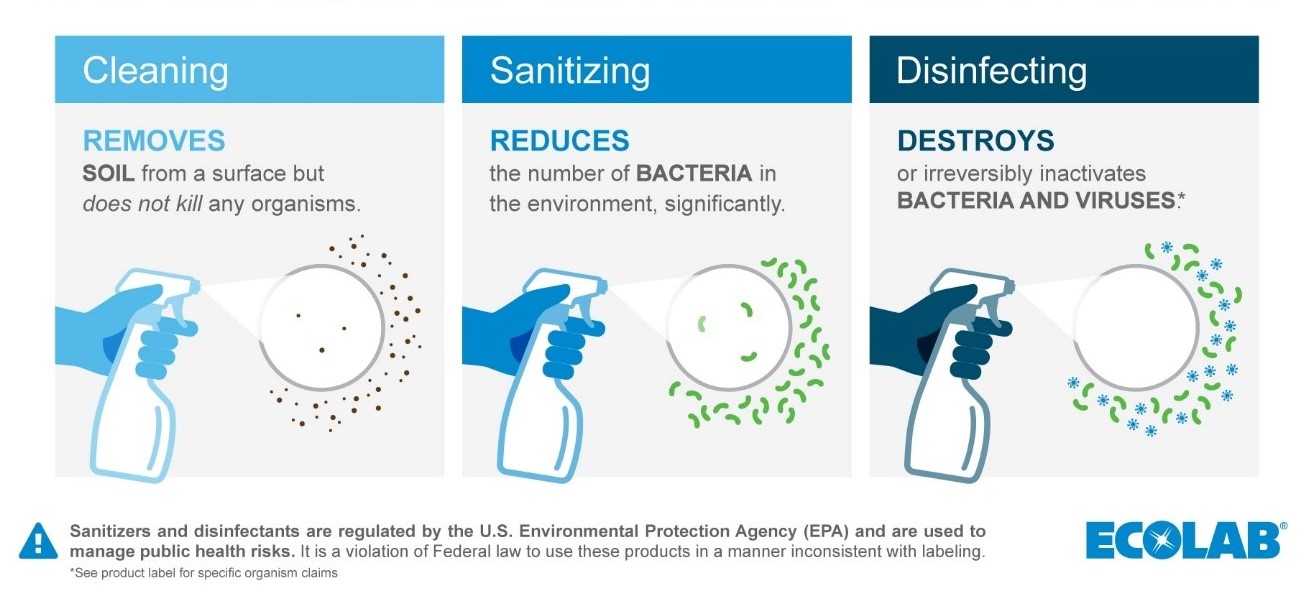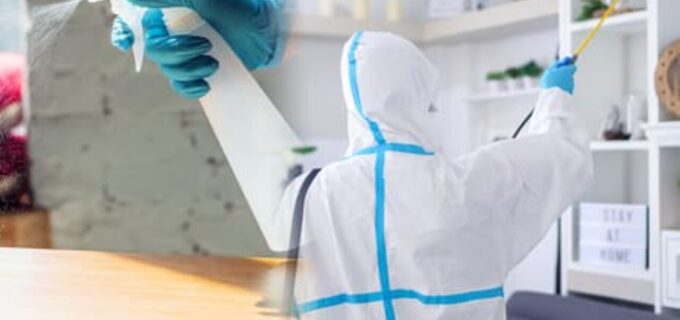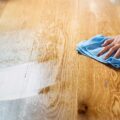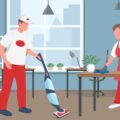With the SARS-CoV-2 virus still spreading in our communities, it is unclear when this pandemic will end. While the virus remains in our midst, it is important that we effectively clean and disinfect our homes and workplaces to reduce the chances of the virus spreading. These cleaning methods will not only help us now but also keep our spaces pathogen-free after this pandemic is over.
When to Clean and When to Disinfect
Cleaning and disinfecting serve two distinctly different purposes, but a combination of both is known as the two-step method. Cleaning removes germs, dirt and impurities from surfaces or objects. Disinfection kills germs on surfaces or objects.
You may wonder why cleaning or disinfection are insufficient on their own. Cleaning while removing germs from the surfaces, only lowers their numbers instead of bringing them to 0. Cleaning with the same soiled towel can also spread germs from one area to another. Disinfection, on the other hand, can only kill bacteria that the disinfectant comes into contact with and does not provide any cleaning function or germ removal ability. Areas that are heavily contaminated with oils, dirt and other particulate matter can make disinfection less effective. Any pathogens that are shielded by the oils or particulate matter may still pose a risk.
Differences between Cleaning, Sanitizing and Disinfecting

The U.S. Environmental Protection Agency recommends that surfaces are cleaned first before disinfection. By cleaning first, surface-level contaminants and germs are removed, exposing all the remaining germs to the disinfectant. Furthermore, certain contaminants that may be on the surface can hinder the germ-killing ability of some disinfectants.
When to use Microfiber cloth to disinfect?
For cleaning it is important to choose the right type of cloth as well. Microfiber cloths have fibers that are split many times smaller than the human hair allowing it to enter smaller cracks and remove as much bacteria and contaminants off the surface as possible. Several studies have determined that microfiber is better than cotton at capturing bacteria. The University of California, Davis Medical Centre compared the number of bacteria picked up by a cotton-loop mop and by a microfiber mop. The cotton-loop mop reduced bacteria on the floors by 30%, whereas the microfiber mop reduced bacteria by 99%.
Following the thorough cleaning of the surfaces, a disinfectant can then be sprayed, ensuring all pathogens on the surfaces are eliminated and the area is safe to live and work in for everyone.
Find out how more on how to properly disinfect and protect the surfaces in your home or workplace with BR Shield.
Related Posts
- How to Clean and Disinfect Your Home: Limiting Coronavirus Exposure
- Why You Should Make the Switch to Antibacterial Towels in Your Home
- New Strain of Virus – Same Cleaning and Disinfection Protocols?





